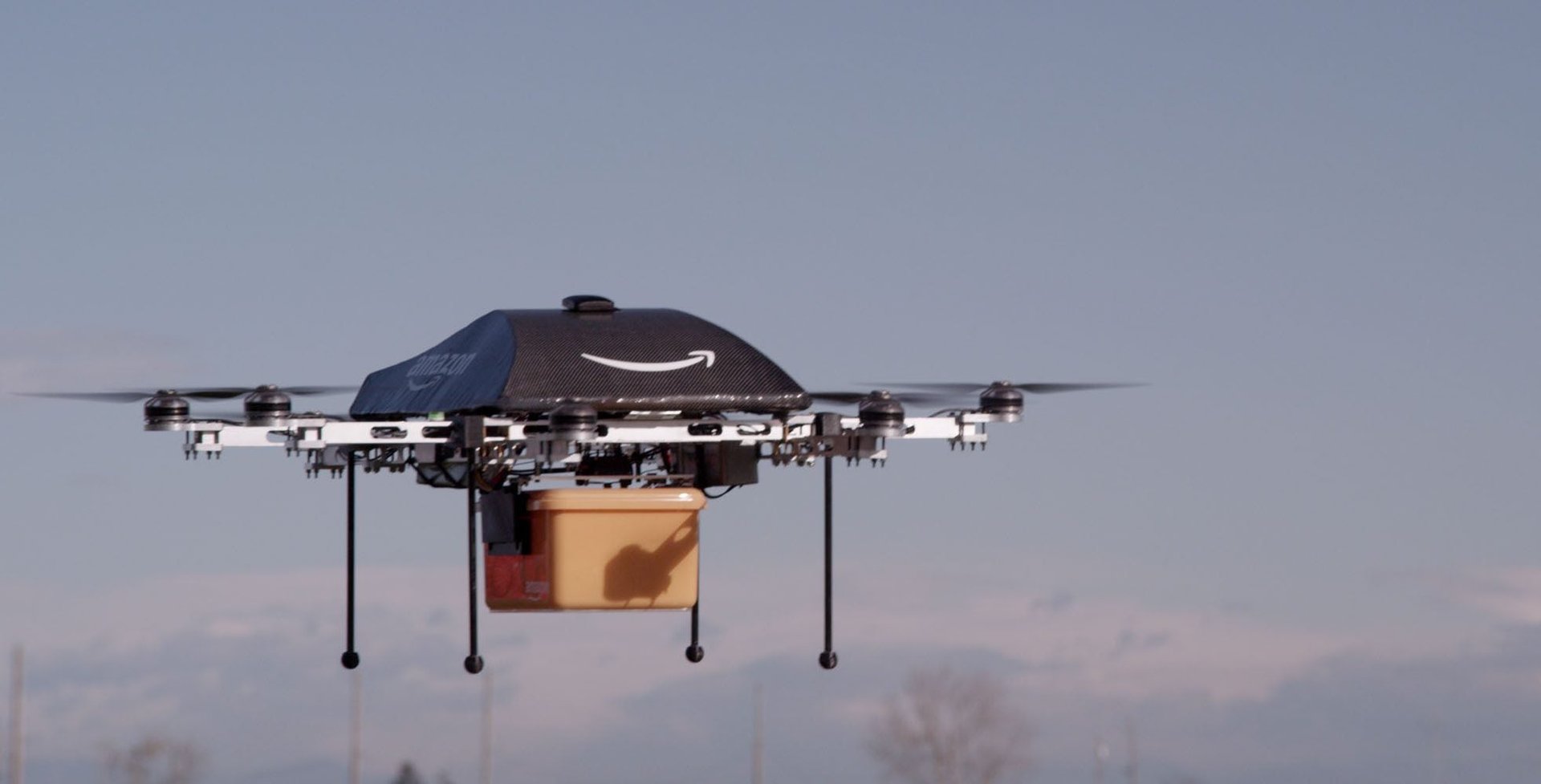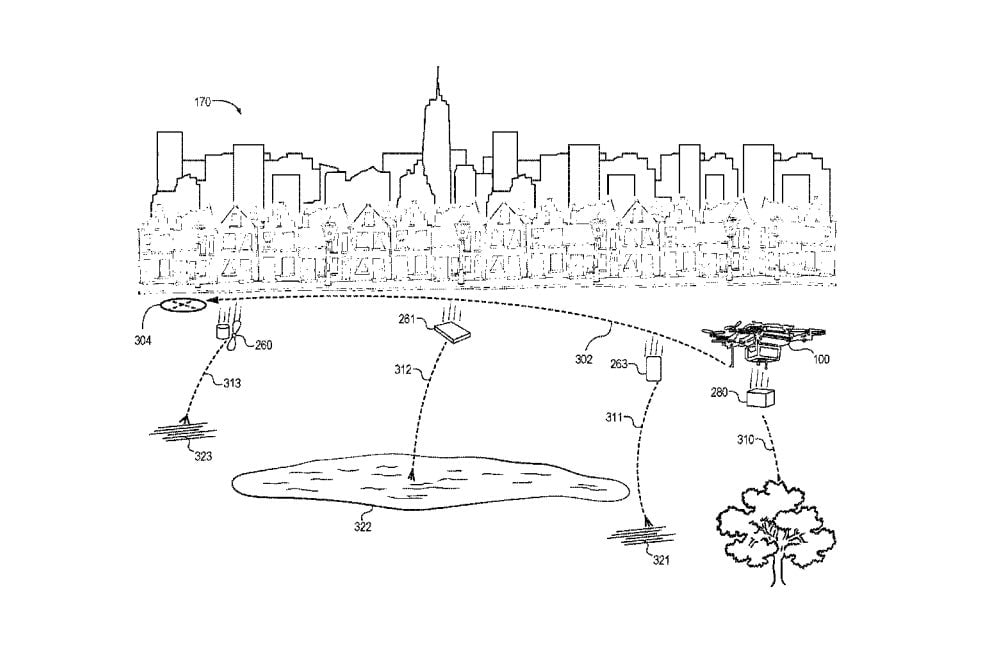Amazon is working on a self-dismantling drone to keep you safe
As companies and governments around the world test drone deliveries, turning the slightly unnerving prospect of heavily-loaded unmanned machines flying over your head into an approaching reality, Amazon is preparing for the worst.


As companies and governments around the world test drone deliveries, turning the slightly unnerving prospect of heavily-loaded unmanned machines flying over your head into an approaching reality, Amazon is preparing for the worst.
On Tuesday (Nov. 28), the US Patent and Trademark Office granted Amazon the patent for developing a drone that can self-destruct and disperse its parts safely in the face of an impending crash. Amazon filed the application in June 2016.
In a nutshell, the drone is equipped with a “fragmentation controller,” which will determine a dispersal sequence for the machine’s parts based on flight path, terrain, and weather. The controller could kick in, for example, when it’s too windy to keep flying safely, or when temperatures are so high they could affect the drone’s battery.
Once the loss of flight operations is detected, the fragmentation controller will step in using different release methods, such as latches and hooks, according to the filings. The controller will direct components towards safe locations, such as over a pond or large tree. The fragmentation controller will also consider how to save costs and reduce damage to payloads when dropping components.

Amazon wasn’t immediately available for comment on the next steps with the patent. Patents don’t always result in an actual real-world product and there are regulations in place that circumscribe drone use. In the US, for example, the Federal Aviation Administration (FAA) has set rules that limit weights, operation time, and flying speed for autonomous vehicles.
But the company is working closely with the authorities towards its ambition of achieving drone deliveries in populous areas. The e-commerce giant is one of six companies working with NASA and the FAA on developing an air-traffic management system to integrate unmanned drones into the country’s airspace below 400 feet by 2019.
Earlier, in October, it obtained a US patent for an idea for flying drones that can power moving cars. The company conducted its first fully autonomous drone delivery in December 2016, dispatching a streaming device and one bag of popcorn to a customer living in the British countryside.